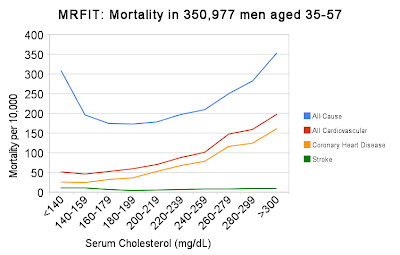
The beginning. With the start of anything new, emotions can be filled with excitement, nervousness, fear or hope.
This trip is a mix bag of all.
Someone very special to me told me to write what I have done and not what I plan to do so, perhaps I am breaking the rules on this one.
I am leaving Southern California tomorrow to head out on the road. House is rented, car is packed and the adventure is about to begin.
I learned a few things from my last trip so here are some tips if you are headed out on a summer road trip (not in any particular order):
-Have something prepared to listen to (music, inner voices, etc.)
- Don't play the gas game (sometimes I like to stress myself out by seeing how far I can get on the fumes left in the tank when I am in the middle of nowhere)
- Remember that the navigator is your friend (mine is named Cindy and we have a love/hate relationship sometimes)
- Camp books come in handy
- Keep cash in the car for the East Coast (Toll Roads)
- Be Flexible in your plans (you never know when you will ever get to see the largest ball of twine again)
- I like to think that animals are just sleeping on the side of the road
- It's not a good idea to give dog treats to raccoons, unless you want the entire family over
- If you want Amish people to run away and hide from you, put a bathing suit on
- In Oregon, there is no self service gas pump. Not a good idea to argue who is going to pump gas
- There are certain states where it’s cheaper to injure or kill a road worker than others.
- Purell is your friend
and lastly...
- Don't camp next to a retired man camping with his cat while blowing into a harmonica in Utah (Trust me on this one).
What have you learned about road travel that you want to pass along?

 Since it's so hot outside, I decided to paint a little in some air conditioning. I will write more about Sedona in my next blog, but here is the painting I did and the picture I created it from. I took the picture in Provincetown, MA last June when I was visiting. These cottages are right on the water right before you get to town. They are beautiful. Click HERE for more information about these historic cottages. I love them.
Since it's so hot outside, I decided to paint a little in some air conditioning. I will write more about Sedona in my next blog, but here is the painting I did and the picture I created it from. I took the picture in Provincetown, MA last June when I was visiting. These cottages are right on the water right before you get to town. They are beautiful. Click HERE for more information about these historic cottages. I love them.

























